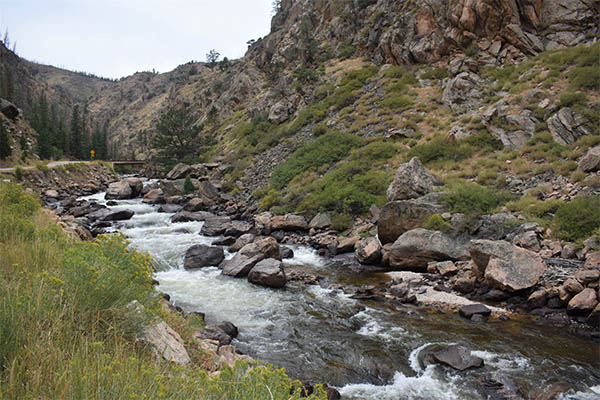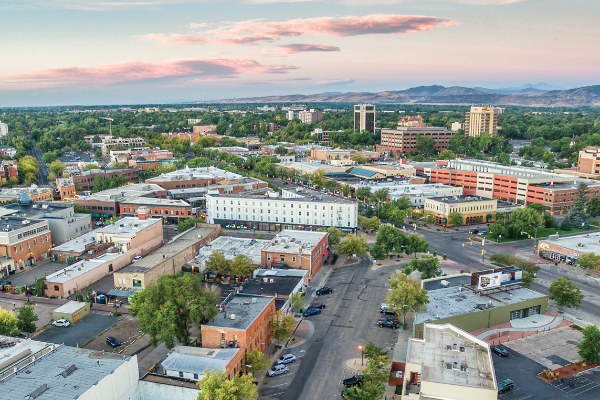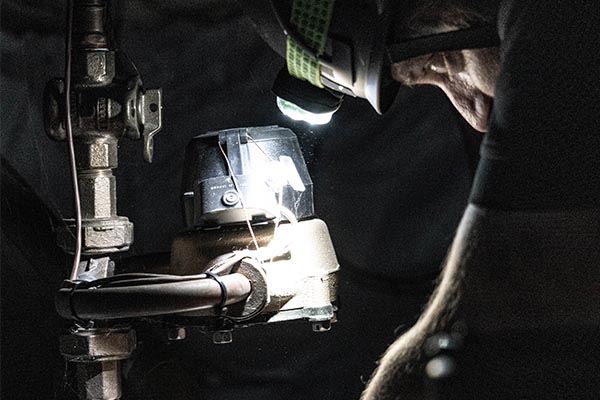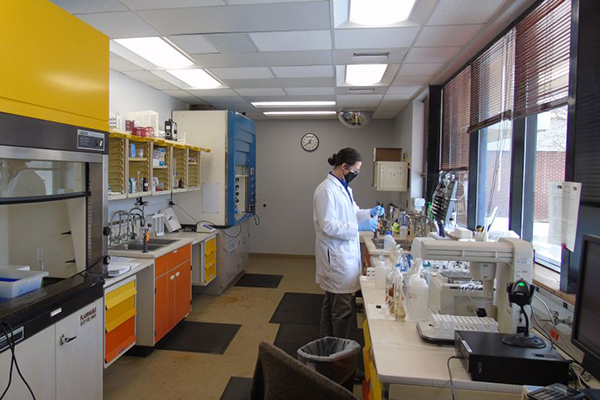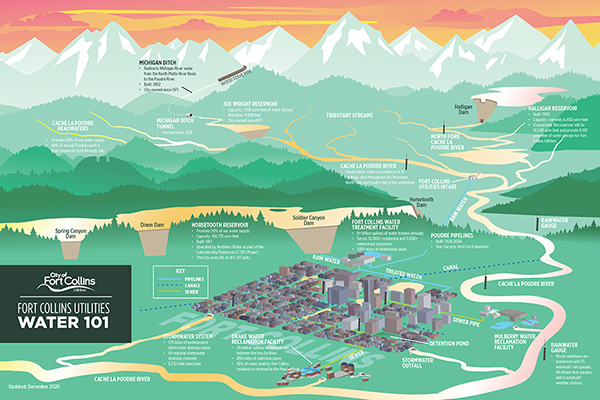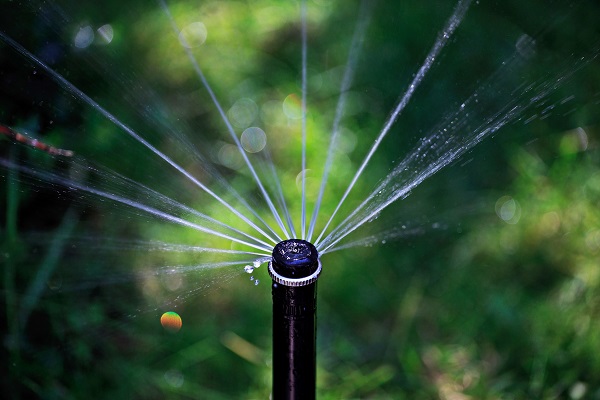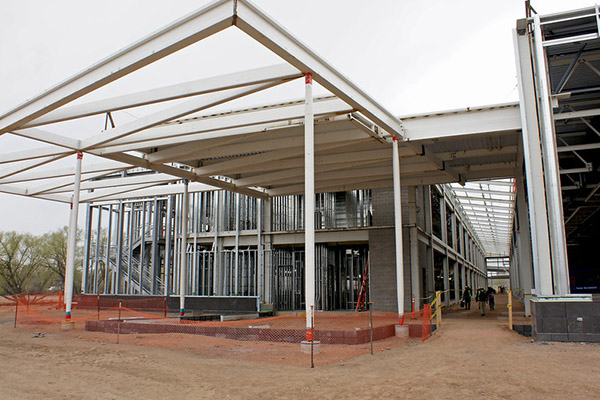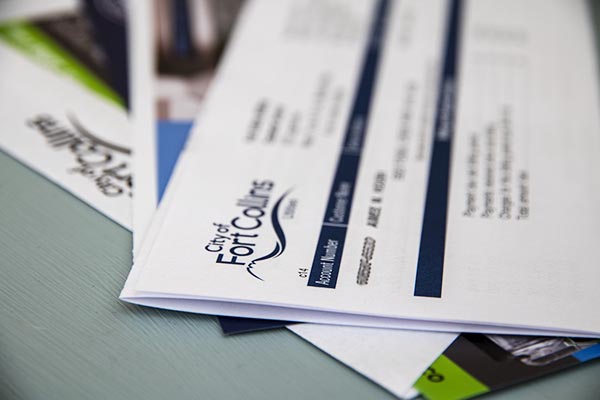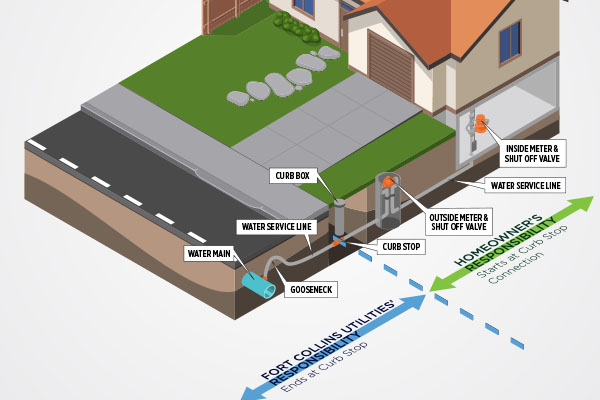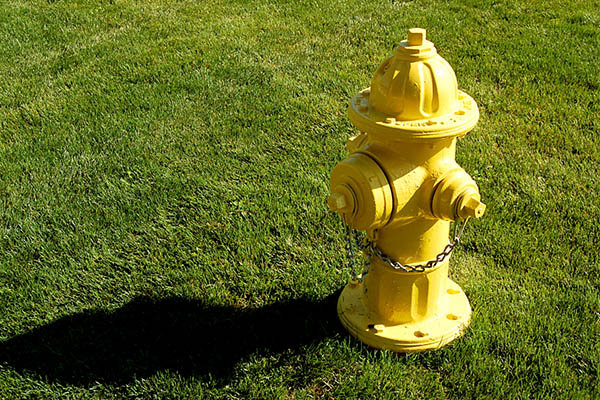Water#
Providing High-Quality, Reliable Drinking Water#
Fort Collins Utilities is committed to providing high-quality, reliable drinking water. We are one of many water providers in Fort Collins. Our service area covers about 35 square miles. We serve more than 35,000 customers.
Water Service Issues
To report a water or sewer problem, call 970-221-6700. Check for known issues »
Have water quality concerns? Troubleshoot common problems ».
If the problem cannot be resolved with the troubleshooting guides, report your concern to 970-221-6700.
Your Water#
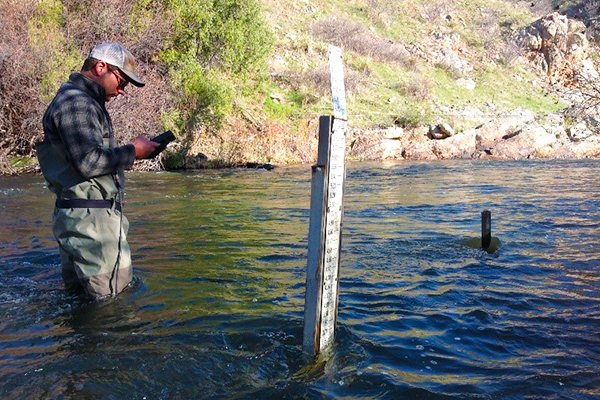
Source Water Monitoring and Watershed Protection
See how we monitor and protect our watersheds.
Hot Topics#
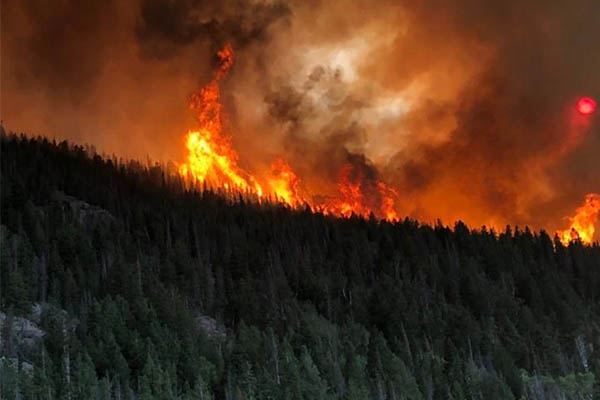
Water Supply Status & Quality
See how the 2020 wildfires impacted our water .
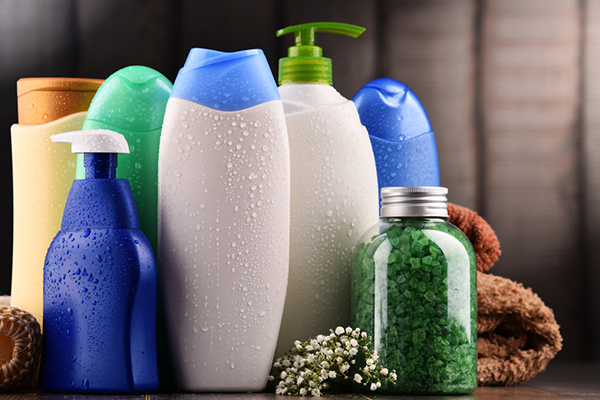
Contaminant Monitoring
See what’s being done about emerging contaminants.
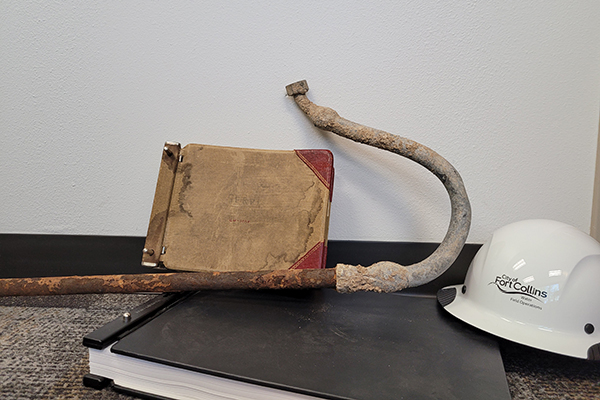
Lead & Copper
Managing lead and copper in water is a public health responsibility that is shared among water utilities, consumers, manufacturers, regulators and plumbers.
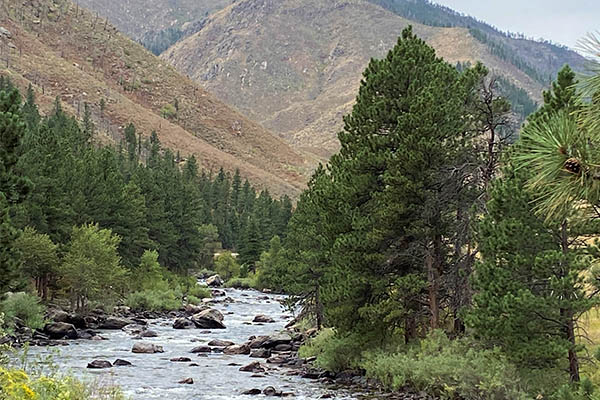
Per- and Polyfluoroalkyl Substances (PFAS)
These chemicals are very persistent in the environment and in the human body – meaning they don’t break down and can accumulate over time.
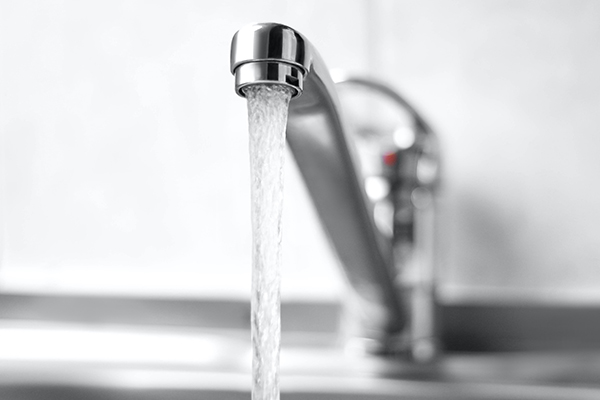
COVID-19 Impacts to Water Quality
Your drinking water is safe to use from your tap as usual, as confirmed by the World Health Organization (WHO), Centers for Disease Control and Prevention (CDC), Environmental Protection Agency (EPA) and American Water Works Association (AWWA).
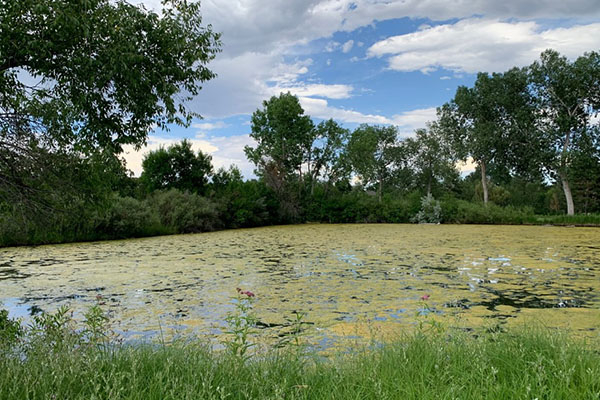
Algal Blooms
Algal blooms can be caused by a variety of algae and can occur in natural waterbodies under certain environmental conditions.

Pharmaceuticals
Safe disposal practices for unused prescription and over-the-counter medications are important to keep pharmaceuticals out of water bodies.
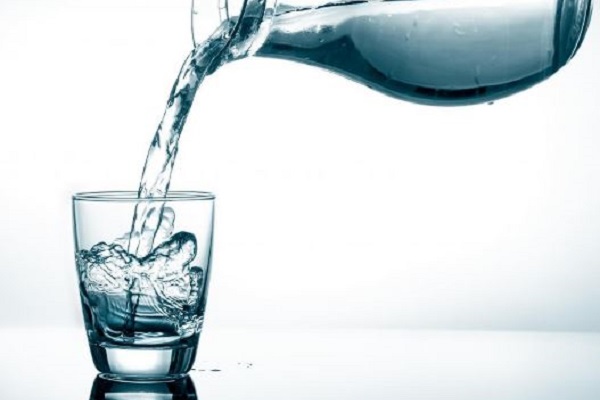
Fluoride
Currently, Fort Collins Utilities' drinking water fluoride levels are in the range of 0.60-0.75 ppm, with the fluoride system being monitored continuously.

Water Supply Status & Quality
See how the 2020 wildfires impacted our water .

Contaminant Monitoring
See what’s being done about emerging contaminants.

Lead & Copper
Managing lead and copper in water is a public health responsibility that is shared among water utilities, consumers, manufacturers, regulators and plumbers.

Per- and Polyfluoroalkyl Substances (PFAS)
These chemicals are very persistent in the environment and in the human body – meaning they don’t break down and can accumulate over time.

COVID-19 Impacts to Water Quality
Your drinking water is safe to use from your tap as usual, as confirmed by the World Health Organization (WHO), Centers for Disease Control and Prevention (CDC), Environmental Protection Agency (EPA) and American Water Works Association (AWWA).

Algal Blooms
Algal blooms can be caused by a variety of algae and can occur in natural waterbodies under certain environmental conditions.

Pharmaceuticals
Safe disposal practices for unused prescription and over-the-counter medications are important to keep pharmaceuticals out of water bodies.

Fluoride
Currently, Fort Collins Utilities' drinking water fluoride levels are in the range of 0.60-0.75 ppm, with the fluoride system being monitored continuously.
Water Quality Report#
View detailed information about where our water comes from, what it contains and other information.
Drinking Water Quality Policy#
City Council Resolution 93-144 adopted the Drinking Water Quality Policy to ensure continuous delivery of high-quality drinking water to Fort Collins Utilities' customers.
What's In the Works: Projects and Programs#
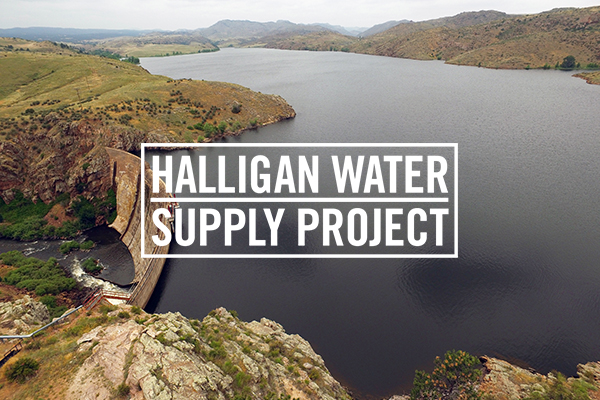
Halligan Water Supply Project
The Halligan Water Supply Project proposes to enlarge the existing Halligan Reservoir by approximately 8,200 acre-feet.
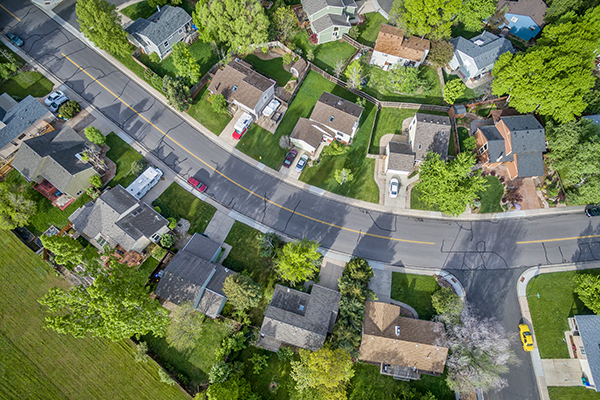
Safe Water Action Program (SWAP)
SWAP identifies and replaces galvanized service lines, which may have a lead gooseneck within the Fort Collins Utilities service area.
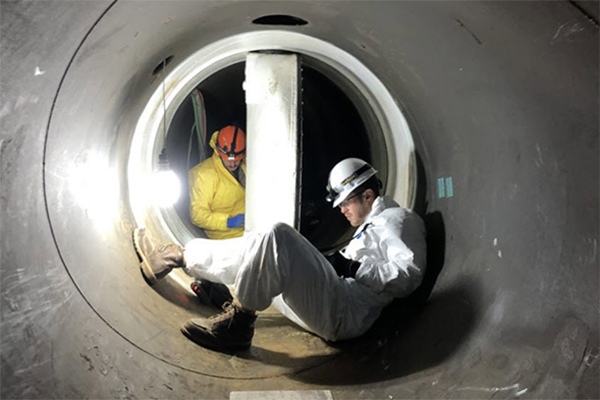
Capital Improvement Projects
See what capital improvement projects are currently in the works.
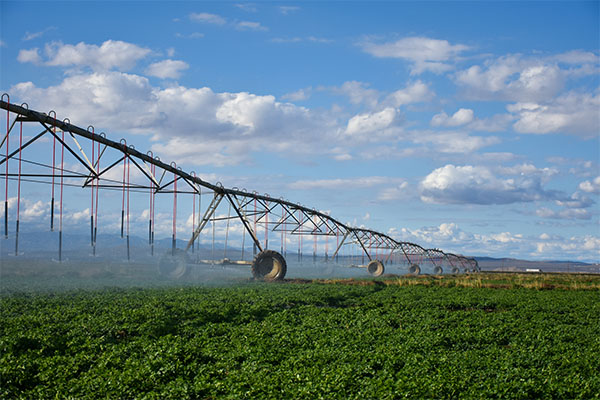
Raw Water Rental Program
Surplus water can be rented for irrigation purposes through the annual Raw Water Rental Program.
Guidelines & Resources#
Did You Know?
We operate a flood warning system that monitors real-time rainfall information.
Using an ENERGY STAR® programmable thermostat or wifi thermostat can help you better control your home's comfort and utility costs.
Installing plastic covers over single-pane windows during the winter can help your home perform better.
